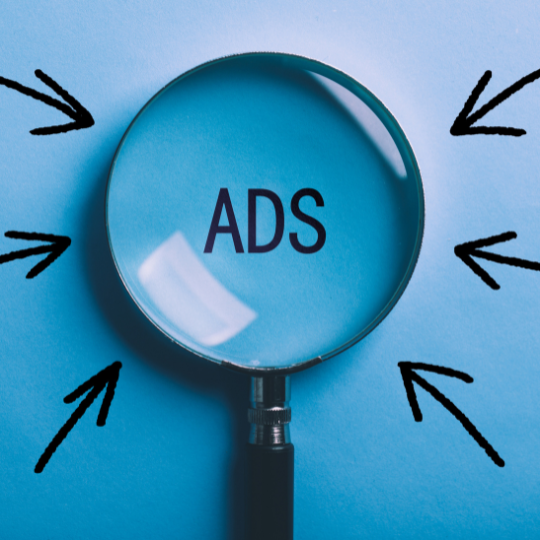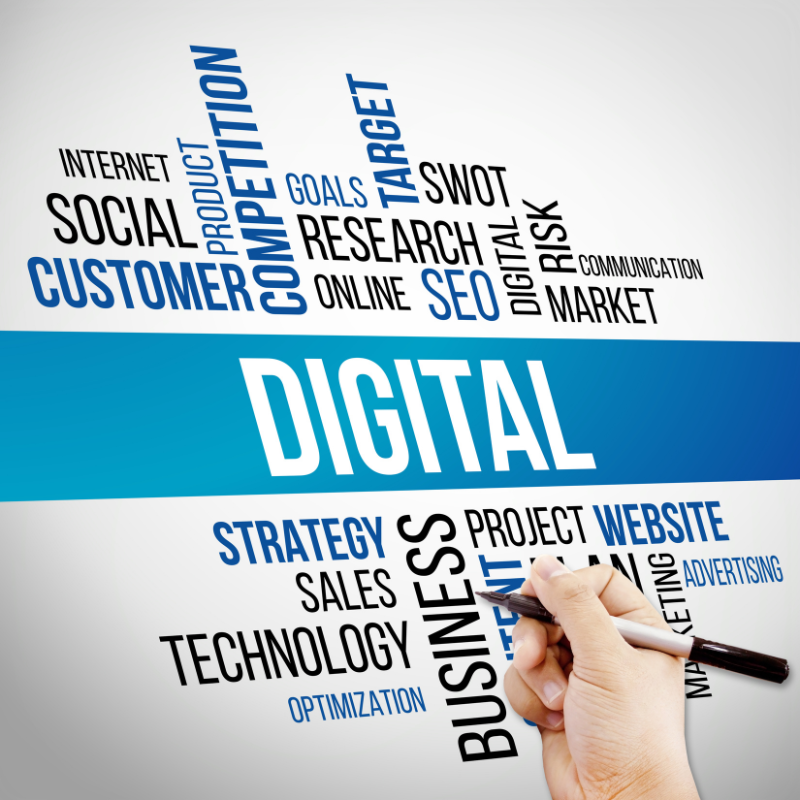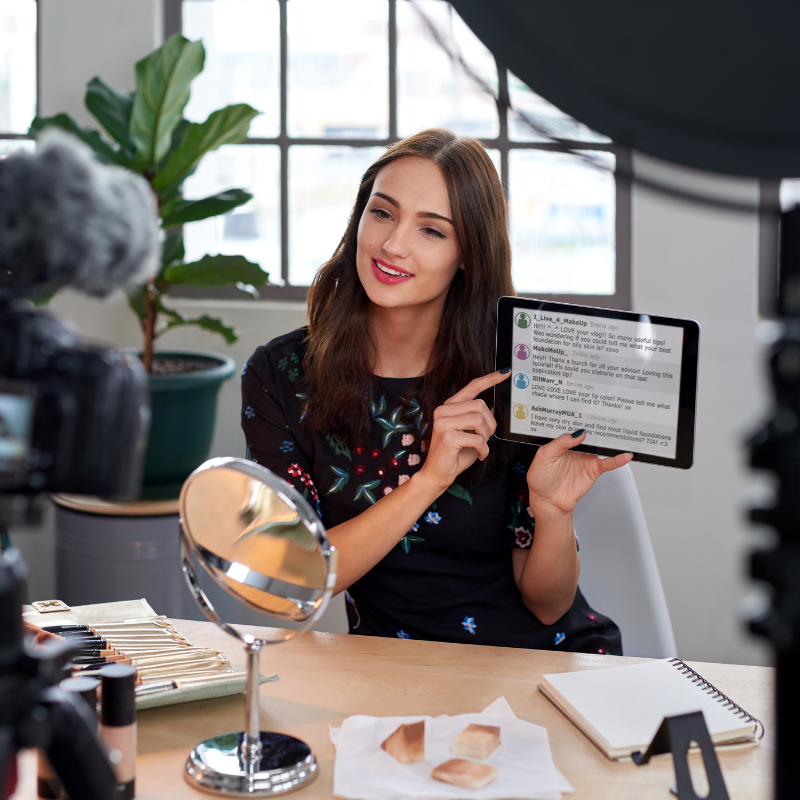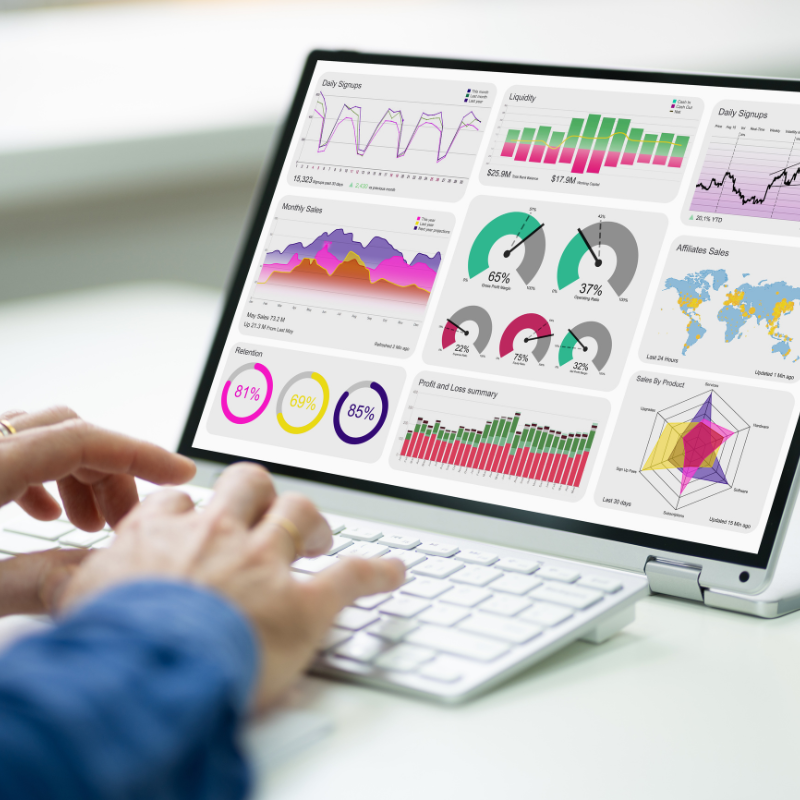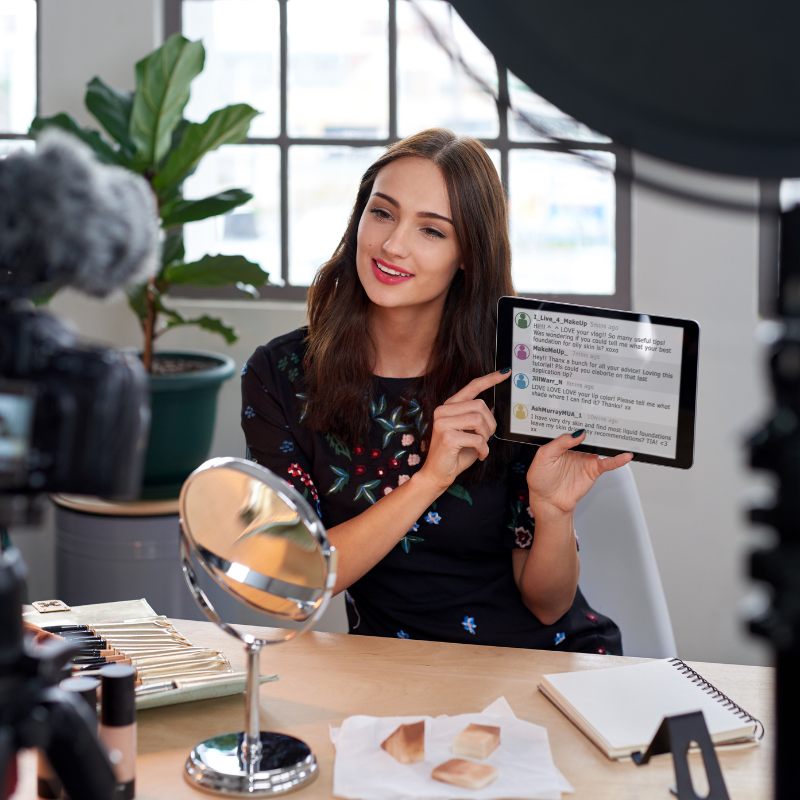Social media marketing can really help your business grow by connecting you with more customers and increasing sales. Did you know that 74% of people look at social media before they buy something?
It’s important to avoid common mistakes to keep your brand strong. If you’re not sure how to do that, we got you covered. We’ll point out the common errors and show you easy fixes to make your social media better. Plus, we’ll share some simple changes that can make your social media even more engaging and help you attract more followers.
Why Do Some Social Media Strategies Not Work?
Often, social media strategies don’t succeed because businesses don’t spend enough time on them. Regular posts, quick replies, and staying active online can increase your engagement and spread your brand’s name. You must put time into managing your social media pages to see improvements.
Another important factor us focus. For your social media marketing to work, you need a clear understanding of your brand’s core message, your target audience, and the best ways to connect with them. This sharp focus is what separates successful social media efforts from unsuccessful ones.
5 Social Media Marketing Errors to Steer Clear Of
Crafting a successful marketing campaign involves many elements, some of which might not be in your hands. However, the silver lining is that you can boost your success by learning from common missteps. Improve your social media marketing by steering clear of these frequent errors:
Not Knowing the Platforms
Each social media platform serves different purposes and benefits your business uniquely. It’s crucial to understand the specifics of each network and how your target audience interacts with them before you begin sharing content. Here’s a simplified guide to using various social media platforms:
- Facebook: Write detailed posts, organize live sessions, and interact with your audience in the comments.
- Instagram: Share pictures of your products, how-to videos, and photos that show your company culture.
- Twitter/X: Post short updates, engage with customer comments, and explore trending topics related to your field.
- TikTok: Create quick videos to showcase products, appeal to younger viewers, and stay current with popular trends.
Starting Without a Plan
Effective social media marketing requires a strategic plan. Consistent posting is key to maintaining engagement, so it’s essential to organize a detailed posting schedule. This helps maximize visibility and interaction at optimal times.
Scheduling tools can automate your posting process and can keep you social media active even when you’re busy. These tools help you stay consistent and allows more time for creating content and engaging with followers. A well-planned strategy ensures your social media efforts are efficient and more likely to succeed.
Neglecting Progress Tracking
Social media marketing requires consistent monitoring and adaptation. You must regularly check the performance of your campaigns and adjust your strategy to optimize results. Tracking your progress helps you make informed decisions about where to focus you efforts. It allows you to identify which types of posts resonate most with your audience.
Most social media platforms offer built-in analytics tools. These tools provide insights into key metrics such as engagement rates, reach, and follower growth. You can use these features to improve your understanding of campaign effectiveness and guide your future content strategies.
Avoid Hasty Posting
A frequent mistake in social media marketing is not researching enough before posting. Many businesses think random posts are enough, but you audience expects consistent, relevant content. Success on social media involves more than just spreading your brand name.
It requires a strategy aimed at growing your audience and boosting sales. Always consider what your audience desires and the latest trends in your industry before sharing content. A social media tool can help simplify and guide your research process if you find this challenging.

Keeping It Real on Social Media
Social media is about building relationships, not just making sales. It’s a platform where you can share what you’re passionate about and engage with your audience. The tools you have at your disposal include:
- Engaging through comments
- Creating videos
- Sending chats and direct messages
- Posting images
- Streaming live videos
Your audience is interested in the story and the people behind your brand. Use social media to express your unique voice and showcase your genuine brand identity.
5 Strategies to Boost Your Social Media Presence
Gaining traction on social media is about persistence and starting with manageable steps. Although growth takes time, social media remains a potent tool for connecting with you audience in 2022.
Here’s how to develop a solid social media strategy that improves brand’s reputation and actively engages your audience:
- Define Your Goals: Clearly outline what you aim to acheive before launching a campaign. You need to understand your objectives (“your why”) is crucial before you map out the strategy (“your how”).
- Craft a Social Media Plan: Draft a plan that reflects your brand’s values and targets your audience effectively with clear goals. This roadmap will guide your actions and ensure they contribute to your goals.
- Create Engaging Content: Produce content that captivates and resonates with your audience. Make sure it’s timely, relevant, and interesting. Engaging content encourages interactions and increases the likelihood of your audience engaging with your posts.
- Maintain Consistency: Posting regularly keeps your audience interested and coming back for more. A content calender can help manage this consistency, help building organic engagement over time.
- Engage with Your Audience: Always interact with your followers. Respond promptly to comments, questions, and feedback to show you value customer interaction and service. This helps strengthen relationships and foster loyalty among followers.





